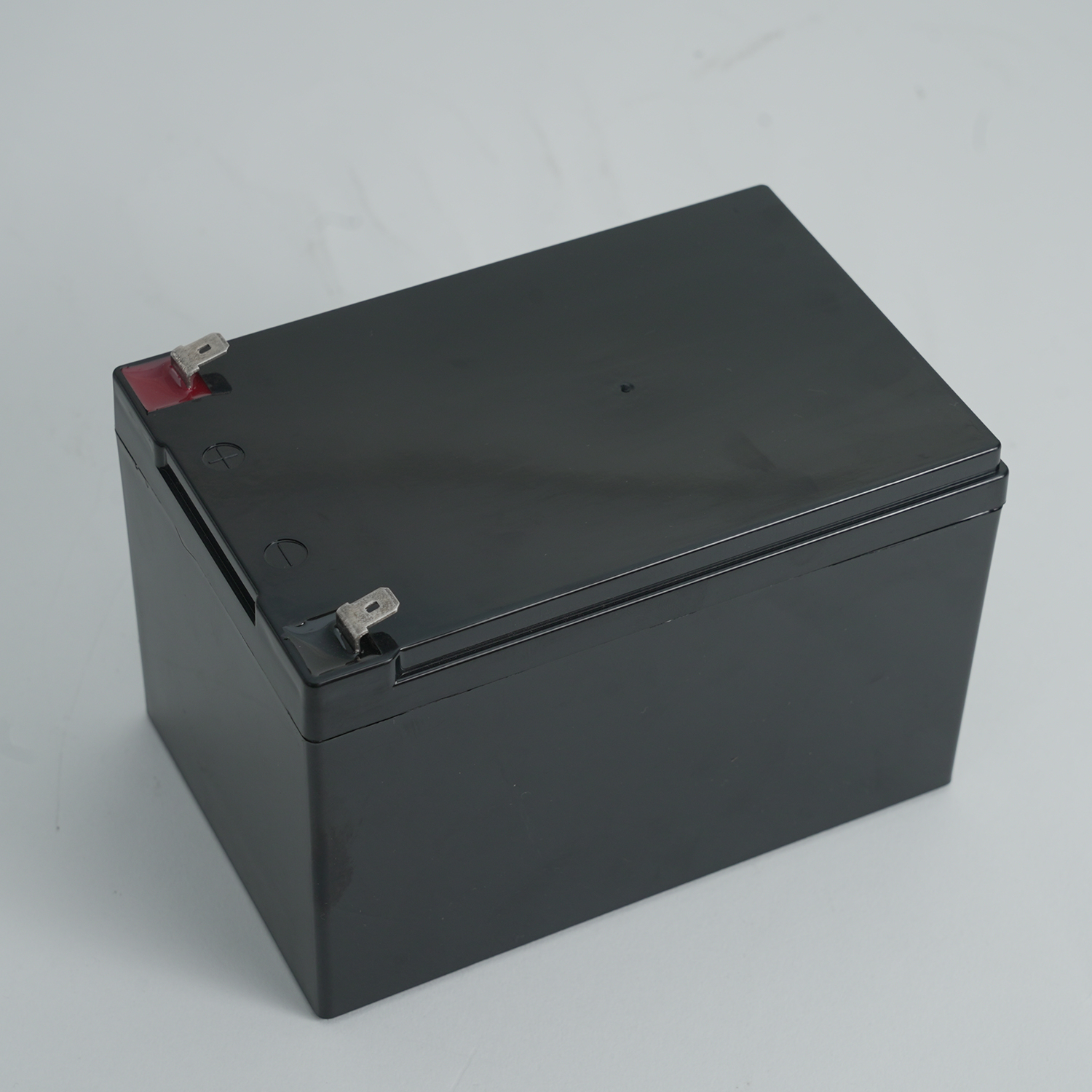In any given dry cell, there are two electrodes that control the chemical feedback that supplies energy. The electrode that controls the release of electrons during discharge at the tip of the dry cell is called the negative electrode. The electrode that controls the reception of electrons released during the discharge process of the tip is called the anode. In a dry cell, the negative electrode is always the negative electrode, and the anode is always the anode.
The anode and the negative electrode in a lithium ion dry battery are used to store lithium ions. The electrolyte within the dry cell carries positively charged lithium ions from the negative electrode back to the anode during tip discharge and gas charging, and vice versa. This dredging of lithium ions explodes free electrons in the negative electrode, which in turn explode positive charges at the anode current collector. After that, alternating current flows from the current collector to the negative current collector, controlling your device in the process.
What materials are used for anode and cathode?
negative electrode
Most common lithium-ion dry batteries use graphite action material. The graphite used for the negative electrode is either produced synthetically, called artificial graphite, or developed from the earth, called natural graphite. The graphite is then treated and then used on copper foil, which is used as the negative electrode of lithium-ion dry batteries.

Lithium is used as an ionic salt melted in the electrolyte solution of lithium-ion dry batteries; however, lithium can also be used as a negative electrode material for some dry batteries.
In lithium-ion dry batteries, anode materials must meet some requirements, such as:
· Materials must have good thermal conductivity and porosity.
· It should be simple and durable.
· Keeping dry batteries cheap must be low cost.
· The data must match the voltage of the anode of the dry cell.
anode
When creating anodes for lithium-ion dry batteries, there is more than one material available. Materials used in lithium-ion dry battery anodes must be of extremely high purity and free of unnecessary non-metallic impurities. The anode of lithium ion dry battery is a mixture of lithium and other non-metals. Although the anode material in the lithium-ion dry battery has been well optimized, the anode material still needs to be corrected, and the current contact will be within this certain range.
The anode of a lithium-ion dry cell has active materials. It is composed of cobalt, nickel and manganese, and is expressed in a crystal structure, producing many non-metallic oxide chemical and physical materials. Lithium is then added to the admixture in the final step.
Why is lithium a good use for dry battery anodes?
When designing lithium-ion dry battery anodes, the use of high-content materials is the key ingredient in the design. That's what uses alkali nonmetals. In addition, materials used for lithium-ion dry battery anodes must have high energy content. Lithium is now the primary choice for use as a negative electrode for lithium-ion dry batteries. It is the most common alkaline material that can be disposed of lightly - beware of disposal - . It is the lightest and most positive non-metal in the alkali non-metal family. Lithium also has the highest specific content value due to its low density.
All of these make lithium a complete use of anode materials. In addition, there are some advantages to using lithium as the negative electrode, which are:
· Lithium is a great restorative agent.
· Might as well win a higher voltage.
· High energy density and electrochemically equivalent high content.
· Lithium is an excellent thermal conductor.
· Lithium has excellent static stability.
· Lithium is easy to create and create.
How to use better positive and negative materials for lithium-ion dry batteries?
Negative data
The most commonly used materials for lithium-ion dry battery negative electrodes are based on carbon and lithium alloy materials. In order to avoid any stability problems, the use of minimum potential intercalation electrodes is recommended. Elements that survive in this alloy degrade the responsiveness of the inserted lithium to the electrolyte. Additionally, the use of this alloy promises to use less lithium in the dry cell, which in turn makes it more stable, since less lithium means less feedback, which means less fire damage.
When using a lithium-ion dry battery anode material, the material must have good thermal conductivity and porosity, which is why graphite is a pre-selected use because its molecular structure is suitable for this situation. It must also be durable and lightweight. In addition, the material must match the anode voltage in the same dry cell.
When using negative materials, cost is also a key ingredient. The material should be low-cost, so that manufacturers can ensure that dry cells cost less and can be easily sold on the market.
Anode data
The anode in a lithium-ion dry cell is the most active electrode in the cell. The negative electrode material is actually in the lithium ion dry battery and its application. The anode does not need to be lithiated, because the lithium non-metal acts as the negative electrode. In lithium ion dry batteries, since lithium is not contained in the carbon electrode serving as the negative electrode, the anode (terminal) must serve as the lithium source. This is what to do When using anode materials, the most common materials are:
· Lithium manganese spinel (Li-Mn-O)
· Lithium Nonmetal Oxide Chemistry Physics.
Cyanite (LiFePO4)
